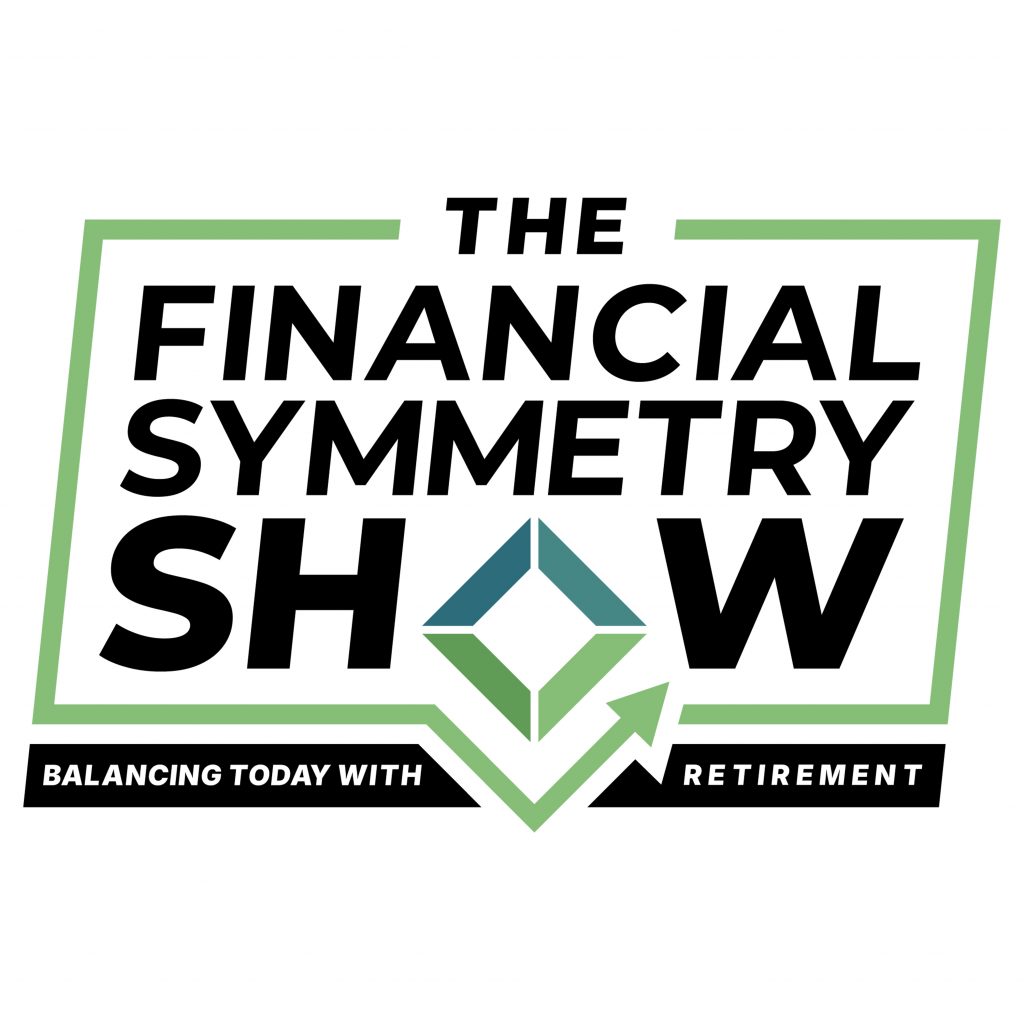It’s autumn, which means that football season is in full swing, the leaves are turning colors, and employees throughout the country are taking part in open enrollment. Many are deciding, among other choices, whether to select a health savings account (HSA) or a flexible spending account (FSA).
Most people understand the advantages of setting aside pre-tax money to pay for medical expenses, but not as many people take advantage of the retirement savings aspects of these plans, which can bring a triple play of tax benefits.
If you don’t have an emergency fund, or if you anticipate a lot of health care expenses next year, you might want to prioritize saving for one or both of those before funding an HSA. But if you’re relatively healthy and have money set aside for emergencies, HSA plans are a can’t-miss savings option.
Know the HSA Rules
Before you can save in an HSA, you have to be eligible for one. To participate, your health insurance must be a high-deductible health plan. An HDHP has a deductible of at least $1,300 for an individual and $2,600 for a family, according to the IRS, though the average deductibles for these plans are a bit higher. An HSA user cannot be a dependent on another tax return or be eligible for Medicare.
Like IRAs, HSAs have annual contribution limits. In 2016, an individual will be able to contribute up to $3,350, while a family can contribute up to $6,750 (these amounts include any employer contributions). If you turn 55 or older during the year, you can contribute an extra $1,000.
Once you have an HSA, be sure your withdrawals are in line with the IRS guidelines for qualified medical expenses. Doctor or dentist visits, as well as prescription drugs, likely fall under this definition. Just make sure they occur after your HSA is officially open.
Understand the Tax Advantages
A closer look at HSAs reveals that they have unique advantages. You can roll over unused HSA funds into the following calendar year — and beyond — unlike FSA funds. Participants can also “shoebox” receipts. That’s another way of saying you can document the qualified medical expenses you incur after opening your HSA and wait to withdraw that amount at a later date, tax-free — even during your retirement.
To recap: An HSA participant can set aside money from a paycheck before that money is taxed, let the savings grow tax-deferred for years if necessary, and withdraw it tax-free to use for medical expenses. That’s a tax “triple saver.”
FSAs also offer tax-free saving and spending, but they have a lower contribution limit than HSAs, and in most cases, you must spend the balance of your account within the calendar year.
Avoid Missing Out on Investments
Even though 1 in 4 workers are now enrolled in a high deductible health insurance plan, many are leaving savings in the bank accounts within their HSA accounts earning very low interest rates. Others spend their balances the same year they deposit them. Of those making contributions, 80% had a distribution in the same year.
If you’re in either of these groups, you’re missing one of the biggest opportunities of the HSA: investing the savings in stocks and mutual funds.
Most HSAs have a brokerage account option, allowing you to invest your account in securities that have the potential for better long-term returns than a bank account. But you’ll want to double check the fee structure, as some plans require a specific balance in the checking account portion to avoid a small monthly fee.
By investing the savings in your HSA, you benefit from compounding returns. So if you’re using a diversified and disciplined investment strategy with your savings, you’ll effectively have another retirement account. But through the end of 2014, only 6% of HSA savers had an associated brokerage account.
If you have questions about your HSA, seek out a financial planner to help you make the right individual decision.
Maximizing your opportunities within an HSA account may be one of the best gifts you make this holiday season.
This blog post was was originally featured on NerdWallet.
Copyright: melpomen / 123RF Stock Photo


